Welcome to the wonderful world of landscaping decorative grass! If you’re looking to enhance your garden’s beauty, add texture, and create a serene atmosphere, you’re in the right place. As someone who has spent countless weekends experimenting with different plants and grasses, I can attest that decorative grasses can completely transform your outdoor space. In this comprehensive guide, we’ll explore various types of landscaping decorative grass, their benefits, maintenance tips, design ideas, and much more.
What is Landscaping Decorative Grass?
Landscaping decorative grass refers to ornamental grasses that are used in gardens and landscapes for their aesthetic appeal. Unlike conventional grass used for lawns, decorative grasses vary in height, color, and texture, adding visual interest and enhancing the overall landscape.
Benefits of Using Decorative Grass in Landscaping
- Aesthetic Appeal: Decorative grasses provide a natural, elegant look that can complement any garden design.
- Low Maintenance: Most ornamental grasses require minimal upkeep compared to traditional flowering plants.
- Versatility: They can be used in various design styles, from modern to rustic.
- Wildlife Attraction: Many decorative grasses attract beneficial insects and birds, enhancing the ecological balance.
- Year-Round Interest: With their changing colors and textures through the seasons, ornamental grasses provide year-round visual interest.
Types of Landscaping Decorative Grass
There is a wide variety of decorative grasses to choose from, each with its unique features. Below are some popular types that you might consider for your landscaping project.
1. Blue Fescue (Festuca glauca)
This clumping grass boasts stunning blue-green foliage that stays compact, making it ideal for borders and rock gardens.
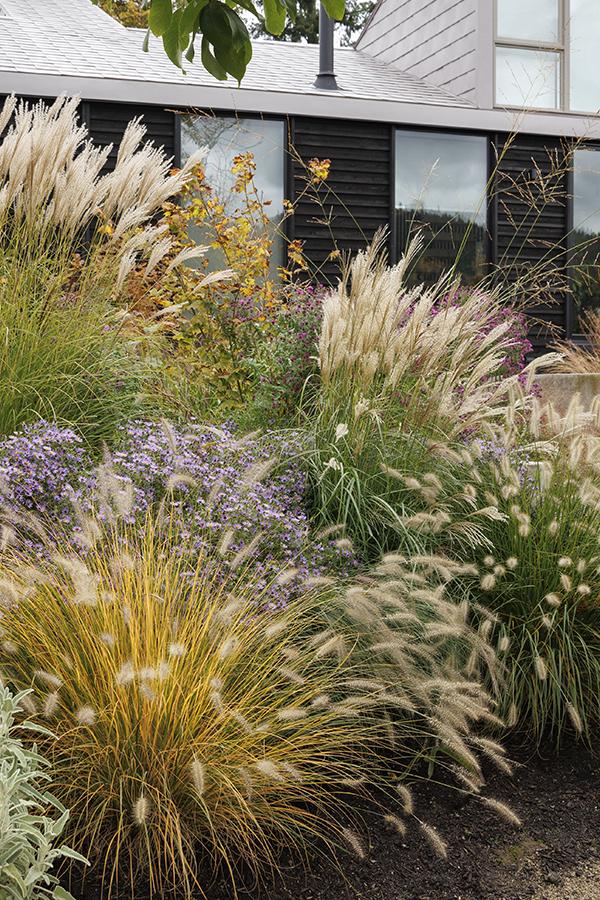
Pros and Cons
| Pros | Cons |
|---|---|
| Compact size | May require dividing every few years |
| Beautiful color | Can become brown in extreme heat |
2. Japanese Blood Grass (Imperata cylindrica ‘Red Baron’)
This grass features striking red-tipped foliage that adds a dramatic flair to any landscape.
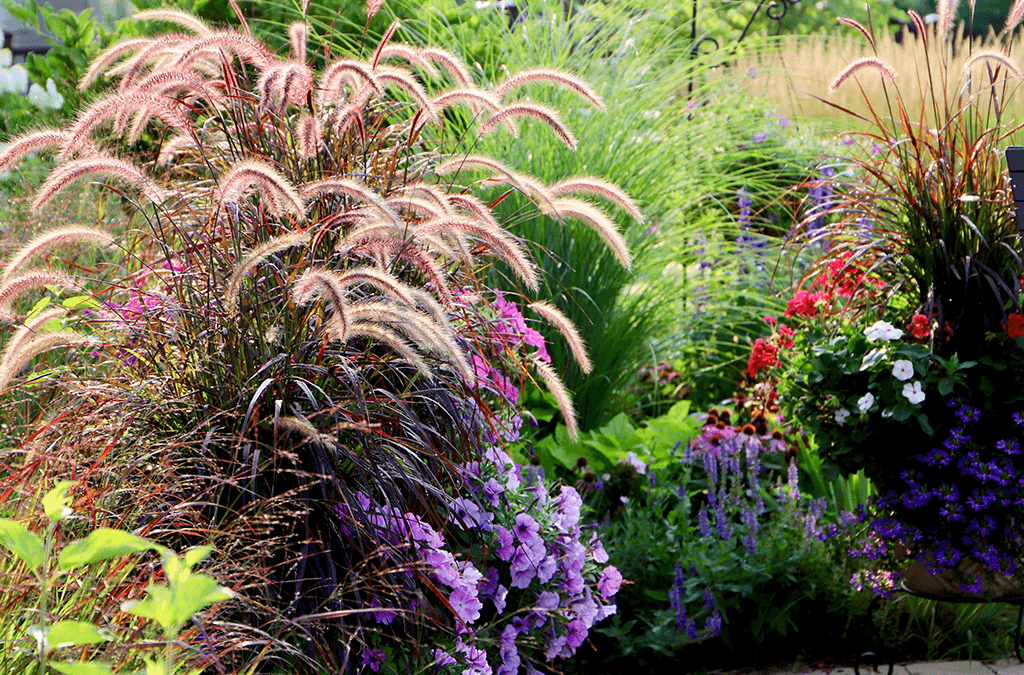
Pros and Cons
| Pros | Cons |
|---|---|
| Vibrant color | Can spread aggressively |
| Great for borders | Needs full sun for best color |
3. Pampas Grass (Cortaderia selloana)
Pampas grass creates a dramatic statement with its tall plumes and feathery texture. It works well in large gardens.
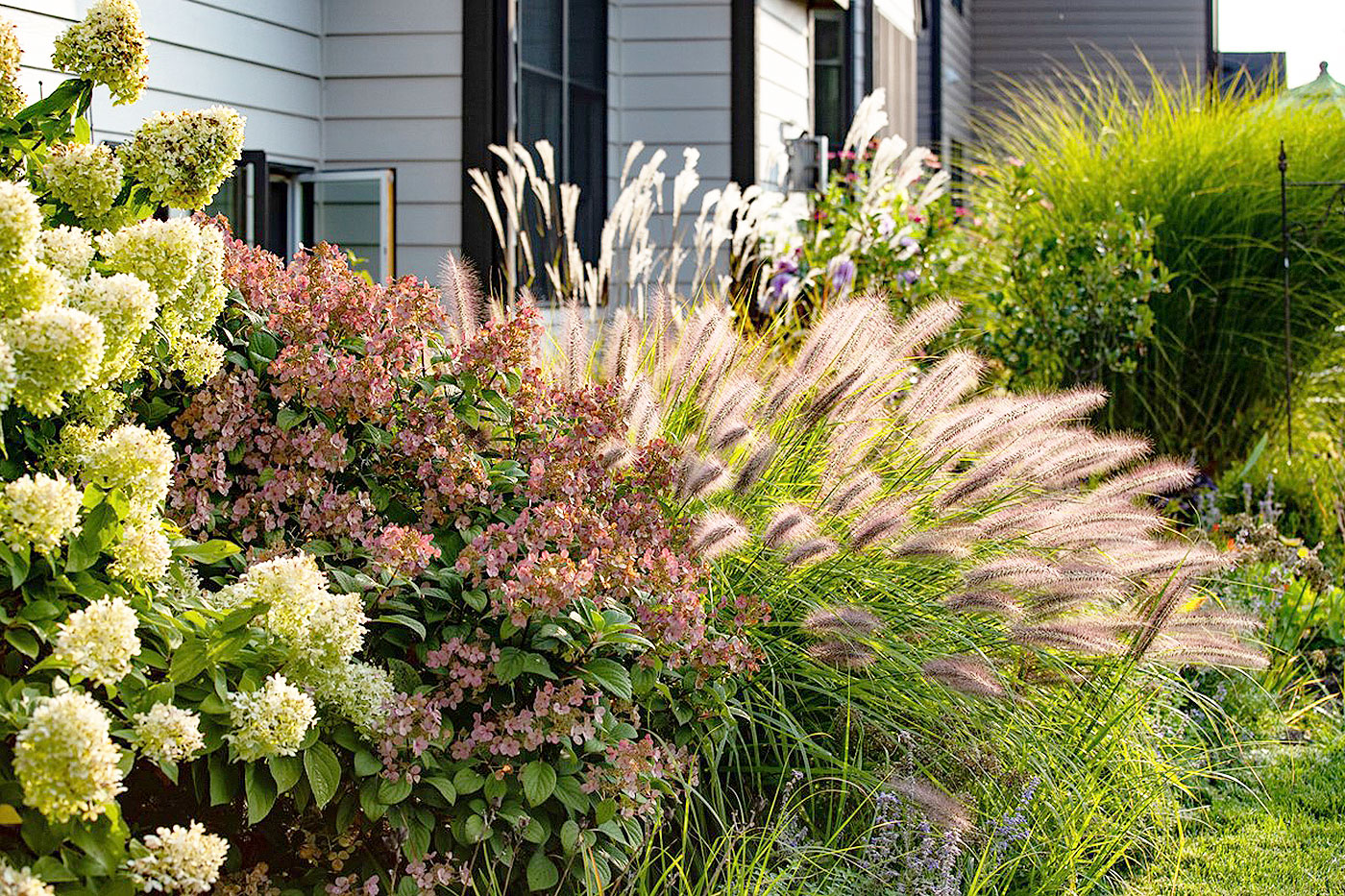
Pros and Cons
| Pros | Cons |
|---|---|
| Highly ornamental | Can be invasive in some areas |
| Strong wind resistance | Requires ample space |
Design Ideas for Incorporating Decorative Grass
Incorporating decorative grass into your landscape design can be a fun and creative process. Here are several ways to seamlessly integrate these beautiful plants into your garden:
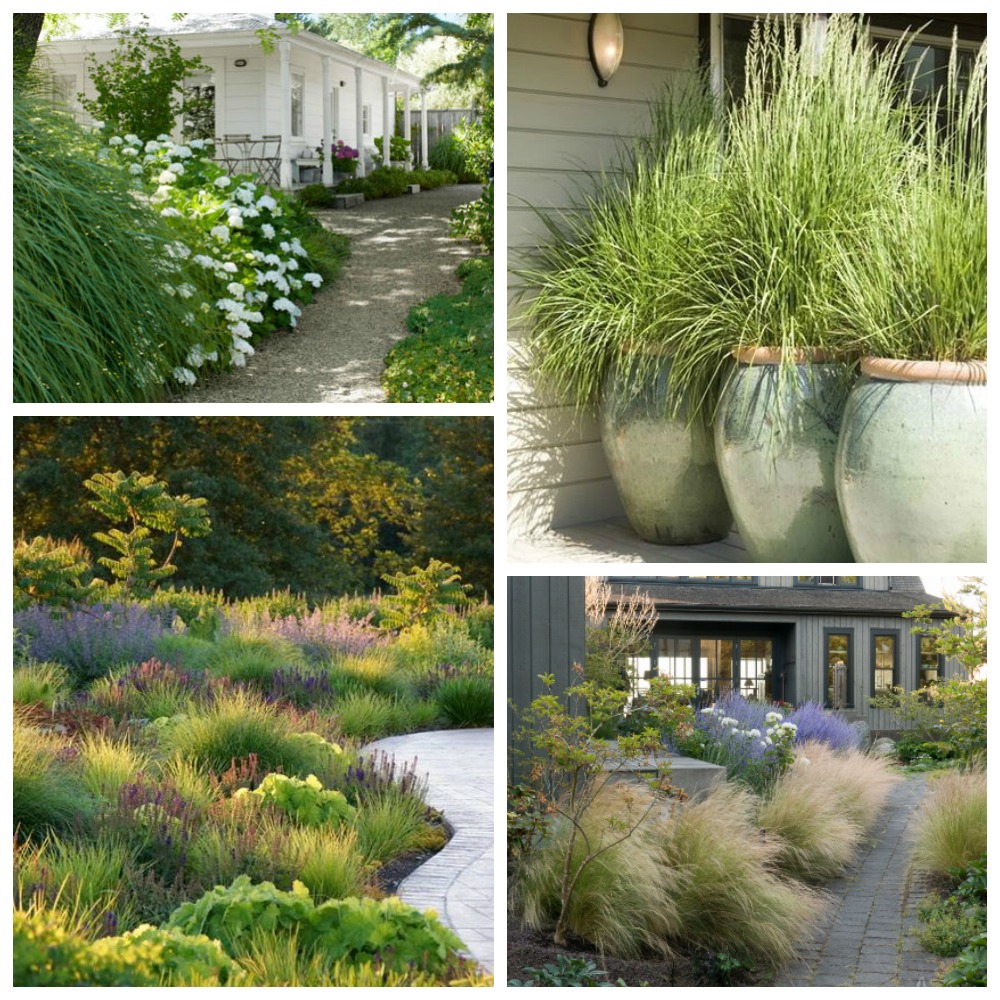
1. Border Planting
Use shorter decorative grasses as borders along pathways or flower beds to create a defined edge that enhances the landscape.
2. Mixed Planting Beds
Combine different varieties of ornamental grasses with perennial flowers to create mixed planting beds that offer diverse colors and textures.

3. Focal Points
Use tall varieties, such as pampas grass, as focal points in your garden to draw attention and create visual interest.
4. Ground Cover
Low-growing grasses can serve as excellent ground cover, reducing soil erosion while adding beauty to your landscape.
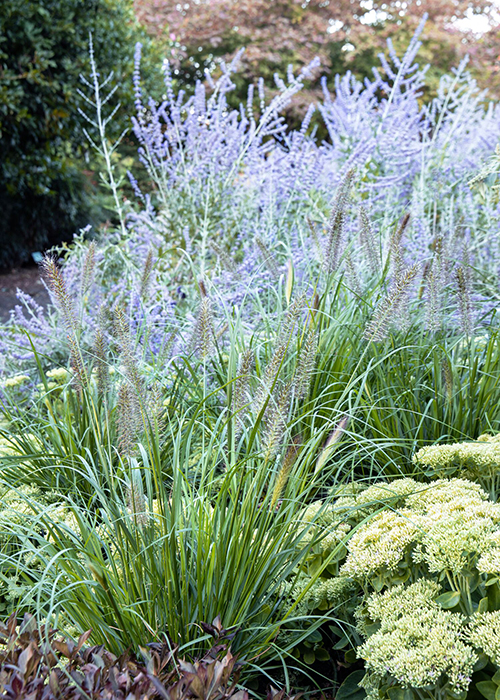
Maintenance Tips for Decorative Grass
While decorative grasses are generally low maintenance, here are some tips to help you keep them looking their best:
1. Watering
Most ornamental grasses thrive in well-drained soil. Water them regularly, especially during prolonged dry spells.
2. Fertilizing
Applying a slow-release fertilizer in spring can help promote healthy growth and vibrant color.
3. Pruning
In late winter or early spring, cut back dead foliage to encourage new growth. Always check the specific needs of each grass type.
Common FAQs about Landscaping Decorative Grass
What is the best time to plant ornamental grasses?
The best time to plant ornamental grasses is in the spring after the last frost, although fall planting can also be successful.
Are decorative grasses invasive?
Some species can be invasive; it’s essential to research each type and check local regulations before planting.
How often should I water decorative grasses?
Water your grasses once a week during their first growing season. Established grasses may require less frequent watering.
Can I use decorative grass in containers?
Yes! Many ornamental grasses thrive in containers, making them a fantastic option for patios and balconies.
Conclusion
Incorporating landscaping decorative grass into your outdoor space can boost its aesthetic appeal and create a more inviting environment. With a variety of types to choose from and numerous design possibilities, you can create a unique landscape that reflects your personality and style. Remember, the journey of landscaping is not just about the end result but also about enjoying the process of crafting a beautiful environment.
Additional Resources
For more information on landscaping decorative grass, consider visiting local nurseries, gardening websites, or landscape design forums. Happy gardening!